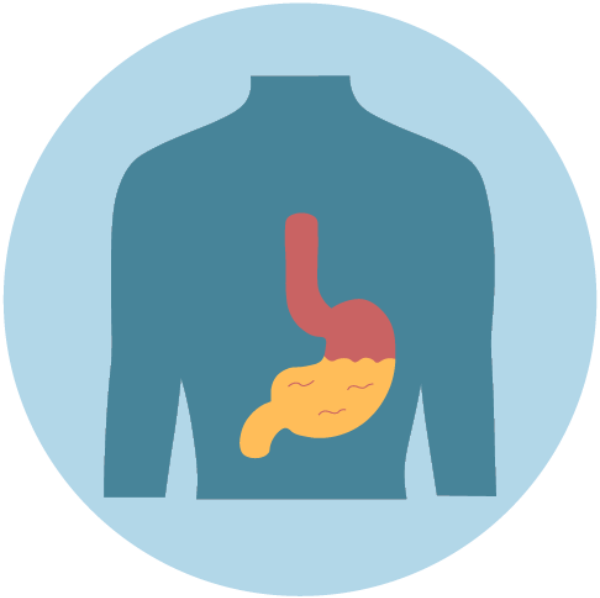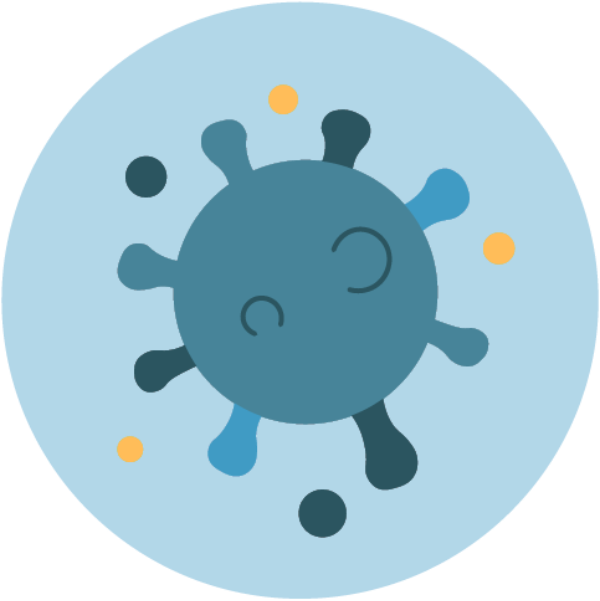
The Truth Behind Fluoride Toothpaste & How It Affects Your Child’s Dental Health
 Dr. Kim
on
Dr. Kim
on
Does your child or toddler brush their teeth with fluoride toothpaste? If so, you may be unknowingly inflicting harm or permanent damage to their dental health. Read more to learn about effective natural toothpastes without the toxic effects.
What Is Fluoride Exactly?

Fluoride, most commonly found in soil, water, and foods, is a generic term for the chemical compound containing the element fluorine along with other elements. Fluoride can be produced synthetically for use in drinking water, toothpaste, mouthwashes and chemical products. In its pure form, fluorine is known to be the most reactive of all the elements because it is extremely corrosive and poisonous; for this reason, fluorine exists in nature only in combination with at least one other element. So when you read the label on your generic toothpaste, you will see sodium fluoride rather than fluoride.
Fluoride is often added to municipal water supplies because research supports that adding fluoride in areas where fluoride levels in the water are low can reduce the prevalence of tooth decay in the local population. Fluoride added to the general water supply benefits many people worldwide who cannot afford regular dental checks. However, despite good intentions, concerns have been raised regarding fluoride’s effect on health, with specific regards to bone, tooth and neurological development. And as you may or may not know, tooth decay is the most prevalent health problem that affects children.
How Is Fluoride Dangerous For Our Health If It’s In Most Toothpastes?

It is a common myth that fluoride is a nutrient our teeth require. Most people are swayed to believe that we need fluoride to prevent tooth decay or that we develop tooth decay because of a fluoride deficiency. On the contrary, it has been proven that fluoride provides no nutritional value for the human body. In fact, the most telling sign that we do not need fluoride manifests as the grave warning printed on every generic tube of toothpaste: “Do not swallow toothpaste. If swallowed, please contact the Poison Control Center immediately.” Although the FDA has approved toothpaste for topical use in toothpaste and mouthwash, it is often overlooked that fluoride has neither been reviewed nor approved as safe for ingestion.
But Doesn’t Fluoride Prevent Cavities?

It is true that fluoride provides a superficial effect in reducing cavities when applied topically to teeth. However, there is no evidence to support that dietary consumption of fluoride, such as in drinking from a fluoridated water supply, reduces the incidence or severity of cavities. Despite public health measures that promote fluoride as a safe, beneficial and cost-effective way to prevent dental cavities, no completed and controlled scientific study proves this.
Along with our teeth, fluoride can accumulate in bones and other critical areas such as the pineal gland, which is a very important part of the endocrine system linked to our sleep cycle. Fluoride accumulation in bones can impose serious health risks such as disrupting the natural and necessary process of remodeling– this is when old bone cells are continually shed and replaced with new cells. If enough fluoride accumulates, the result is dense, brittle bone that is less resilient to stress and more prone to fracture, otherwise known as skeletal fluorosis.
Numerous health problems are associated with fluoride, including gastrointestinal irritation, skin rashes, symptoms similar to arthritis, hypothyroidism, and kidney damage. Current research also indicates that fluoride may either cause or contribute to varying degrees of neurological impairment, such as ADHD.
Prevalence of Dental Decay in Children

The main objective of the fluoridation program has been to lower dental decay rates while limiting the occurrence of dental fluorosis, which presents itself as the discoloration and damage of enamel caused by too much fluoride. Despite this well-intended goal, the Center for Disease Control and Prevention in 2010 reported that 41% of American adolescents suffer from dental fluorosis. Another national review in Britain estimated that up to 48% of children in fluoridated areas worldwide have mild to severe forms of fluorosis, with approximately 13% affected by accompanying aesthetic concerns.
It is no surprise that ingesting too much fluoride can cause harm to a child’s teeth. Data from the Centers for Disease Control and Prevention reveals that 1of 3 children in the U.S., between the ages of 6 and 11, and 2 out of 5 children, between the ages of 12 to 15, possess some degree of dental fluorosis. In milder cases, white spots or streaks may appear on the enamel but in severe cases, brown spots discolor the enamel and the teeth will become increasingly brittle or pitted. The aforementioned physical symptoms are telltale signs of chronic fluoride poisoning whereby overexposure to fluoride can be blamed.
If It’s Okay For Me, It Must Be Okay For My Child?

Fluoride is proven to be efficient in preventing tooth decay by making the teeth stronger, but this is a generalization that does not extend to babies and toddlers. Fluorosis can inflict permanent damage to your child’s sensitive teeth in the tooth-forming years, which lasts until a child is 8 years old. Unlike adults, children are also apt to swallow toothpaste which can lead to diarrhea and upset stomach. Dermatologists have also discovered a link between fluoride and a rash around the mouth, called perioral dermatitis.
Since your baby or young toddler might already be drinking fluoridated water depending on where you live, you should proceed with caution when choosing a fluoride toothpaste to brush their teeth. It is especially important to monitor your young ones to ensure that they aren’t applying too much fluoride toothpaste on their toothbrush. This may seem like common sense, but many generic toothpastes are created with flavors that appeal to children. While bubblegum and fruity flavors aid in encouraging your child to brush their teeth, your child may be tempted to swallow instead of spitting in the sink.
Importance of Clean Oral Hygiene Products

According to the American Academy of Pediatric Dentistry, children should attend their first dentist appointment by the age of 1 or within 6 months after the first tooth erupts. At this time, you can consult more about toothpastes most appropriate for your baby or child’s teeth. You can also check out various Risewell products, such as the Natural Kids Toothpaste, which tastes like cake batter but is safe to eat. Risewell toothpaste is packed with a signature ingredient, Hydroxyapatite, which is a naturally-occurring mineral that aids in remineralizing teeth without harm if accidentally ingested. If you would like to swap out your own fluoride toothpaste, feel free to browse the adult-friendly mint-flavored Natural Hydroxyapatite Toothpaste and the Alkalizing Mouthwash, which are also fluoride-free, paraben-free, vegan & cruelty-free.
If you’re looking for a clean product, I recommend RiseWell. Head over to risewell.com and use code DRKIM10 for a 10% off discount at checkout.
0 comments
You Must be logged in to post a comment.


















